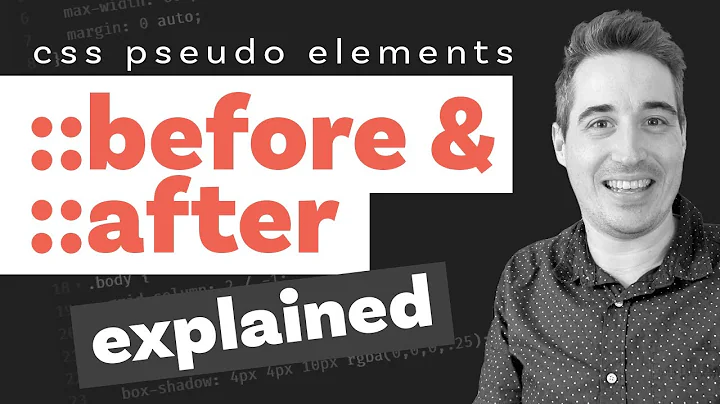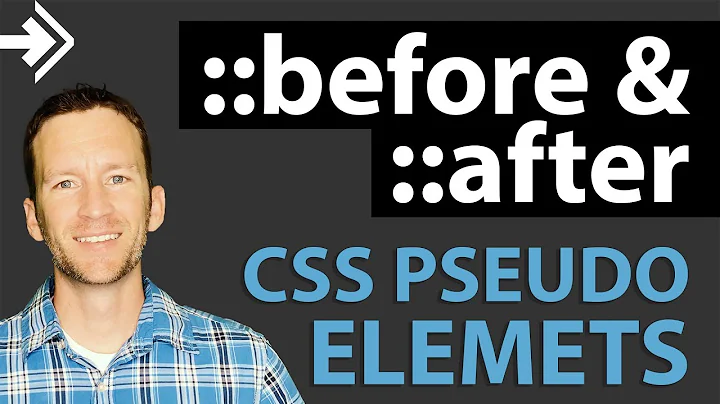How do I add / insert a before or after pseudo element into Chrome's Inspector?
Solution 1
This is the easiest way and the way I do it:
Inspect the element you want to add the ::before or ::after to by right clicking it and going to "Inspect Element".
-
Now in the Developer Tools Console, click on the plus sign icon aka. "New Style Rule". See the image below, the plus sign is next to the "Toggle Element State" button.

-
Next, you will be able to edit the selector so add ::before / ::after to it:

Now edit the content to whatever you like, i.e.
Like so:
.grp-row::before {
content: '> ';
}
That's all there is to it :)
Solution 2
Open the stylesheet you want in the inspector by holding Ctrl and clicking on a style property from that stylesheet (on Windows, click here for Mac). Then you can add whatever you want and it updates in realtime.
For example:
p::before {
content:'TEST';
}
This will add the word 'TEST' as a prefix to any <p> tags it finds. Check it out on MDN
You can even save the stylesheet so you don't have to do it twice. Right-click inside the stylesheet and hit 'Save as'.
Related videos on Youtube
Andrew Tibbetts
Updated on November 04, 2020Comments
-
Andrew Tibbetts over 3 years
I can add a regular style rule via the + sign (New Style Rule) but I can't add one under the "Pseudo ::before Element" or "Pseudo ::after Element" sections of the Style Inspector. If I try to add the
::beforeor::afterelement into the HTML via "Edit as HTML", it comes out as text. My workaround is to add<span class="pseudo_before"></span>and then style that. Am I missing something?-
brouxhaha over 10 yearsYou can use the plus sign, then while the class or element is highlighted, add the pseudo element by editing the class or element name. Hitting the right arrow key will put you at the end.
-
 Keyslinger about 9 yearsIs there a way to do this in Firebug?
Keyslinger about 9 yearsIs there a way to do this in Firebug?
-
-
Andrew Tibbetts over 10 yearsThe Ctrl clicking doesn't work for me (maybe because I'm on Mac?) but simply clicking on the link to the stylesheet to the right of a style declaration opens the stylesheet in the Sources tab and, yes, it is editable. Little did I know! Thanks!
-
Andrew Tibbetts over 10 yearsHmmm. When I add a :before or :after declaration to the source sheet it doesn't apply. It seems I still need that little
::beforeor::afterelement in the (inspector) markup. No? -
Timmah over 10 yearsYou can also get to it by opening the editor, then going to the Resources tab and selecting the 'Frames' folder at the top of the menu on the left. You can then click down through the file structure of your site and edit the CSS there.
-
Andrew Tibbetts over 10 yearsAaaah, it was the double :: in the style that got me! Thanks!
-
Timmah over 10 yearsyeah, it's a bit misleading eh
-
 Vic about 6 yearsWhat if your element doesn't have a class? Chrome will just use a standard selector like
Vic about 6 yearsWhat if your element doesn't have a class? Chrome will just use a standard selector likepwhich would affect all elements instead of the element you want. -
Tyguy7 almost 6 yearsFollowing these exact instructions produces no real-time updates in latest chrome.
-
 Eric Majerus over 5 yearsWorked for me in Chrome 72, as long as I put in a content property, even if blank like
Eric Majerus over 5 yearsWorked for me in Chrome 72, as long as I put in a content property, even if blank likecontent: '' -
clayRay over 4 years@Vic, you will just need to add a class in the LHS of the inspector. Ie, right-click on the
ptag, choose Edit as HTML, and then addclass="whatever"







